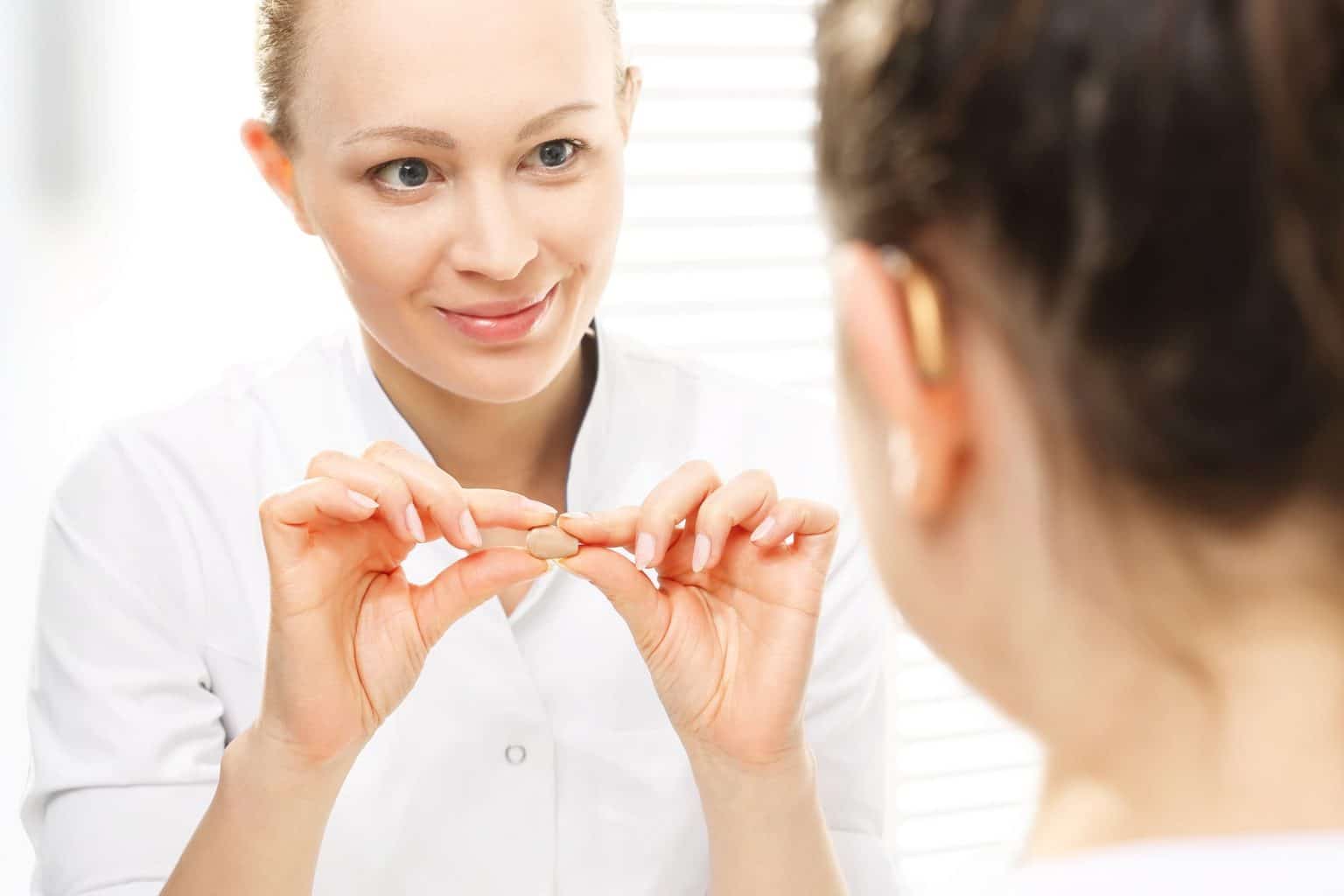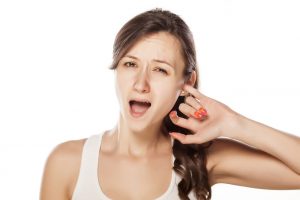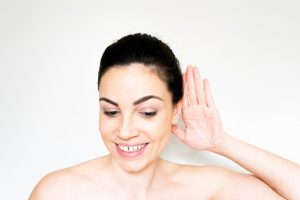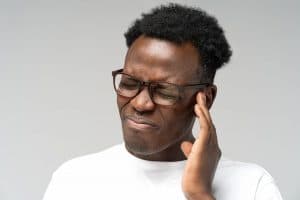It can be easy to take our hearing for granted when everything is working as it should, but did you know that one in six Australians is hearing impaired, suffers from deafness or has an ear disorder? And as we know, as we get older our hearing problems can increase. Luckily, for many people hearing aids can be a miracle device, allowing them to regain their hearing and continue to interact with family and friends, as well as being able to attend memorable events like films and concerts.
One of the major concerns when it comes to hearing aids is how they can impact earwax, and how earwax can impact hearing aids. So how can you look after your hearing aids when wax build-up is an issue?
The Impact of Hearing Aids on Earwax
In general, our ears are self-cleaning organs. This happens through a ‘conveyor-belt’ motion; our earwax is moved to the outer part of our ears by the skin layer migrating outwards, and is there loosened each time we talk or chew. When it reaches the end of the ear, the wax is able to naturally fall out or be wiped away.
However, hearing aids block this process, meaning the wax is unable to migrate out of our ears and can also further push the wax into our ear canals, impacting it even more.
Since hearing aids are normally worn for extended periods of timethis makes build-ups very common. It is therefore a good idea to have your ears checked for ear wax build up every 3-6 months if you wear hearing aids*
The Impact of Earwax on Hearing Aids
Built-up earwax can also cause damage to your hearing aids as well as affecting your ears’ self-cleaning process. This is because the acidity and moisture of your earwax can harm the electronic mechanisms your hearing aids and is one of the leading causes of premature failure of hearing aids and the return of them to the manufacturer for repairs*. This can end up being very costly and is entirely preventable.
To avoid damaging your hearing aids, you should ensure that you’re changing your ‘wax guards’ as regularly as needed and, if you suffer from a lot of wax build up, should have your earwax professionally removed through micro-suction. This is both to maximise the performance of your hearing aid and to prevent damage to the electronics.
Wax build-up can also hinder the effectiveness of your hearing aids. When wax is impacted it creates a sort of ‘wall’ in your ear canal, which prevents sound from traveling. This wall means that instead of the sound being delivered down to the eardrum, it bounces back into your hearing aid microphone which can cause an unpleasant whistling or squealing noise. By simply removing the wax, you can prevent this feedback from occurring.
Cleaning the wax guard that is fitted onto your hearing aid will help to counteract these problems. Make sure to follow the instructions provided by your hearing aid supplier when it comes to cleaning and drying your hearing aids and changing the wax guards.
How to Look After Your Hearing Aids
To prevent wax from causing your hearing aids to malfunction, you should clean the wax trap at least once every three months, or whenever your hearing aid is playing up.
Regularly cleaning of your ear moulds will also ensure that your hearing aids are kept in top shape. Generally, you can do this by detaching them and soaking them in a mild soapy solution, or by brushing them with a small brush provided by the hearing aid manufacturer, once the aids are left overnight and the wax dries. Please consult your hearing professional for advice if you are using anything else to clean your hearing aids to ensure it is suitable.
Getting Your Ears Professionally Cleaned
If you wear hearing aids and are prone to wax build up, you may require regular appointments to clear your ears of wax. At Earworx, we find a twice yearly appointment is sufficient but some may be able to stretch this out a little longer. We can then determine whether or not wax removal is clinically indicated and whether or not the curettage and micro-suction procedure is required.
Curettage and micro-suction at Earworx is performed by a highly experienced registered nurse who carefully monitors the process with ‘loupes’; binocular glasses that are fitted with a bright light. This ensures your safety as the nurse is able to make sure that no direct contact is made with your ear canal or eardrum. It also ensures that all unwanted wax is removed, meaning your ears may remain wax free for longer.
**Schwartz et al 2017, Clinical Practice Guideline (Update): Earwax (Cerumen Impaction), Otolaryngology-Head and Neck Surgery Vol 156 (IS) SI-S29





